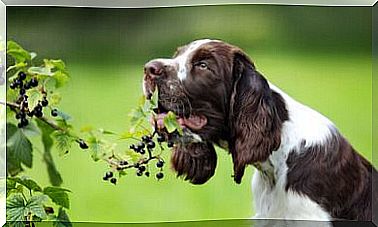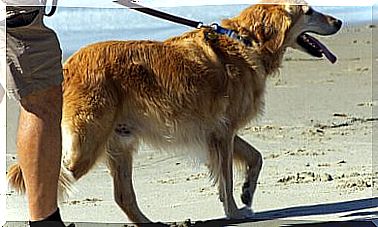Mycotoxins And Animal Production: What You Need To Know
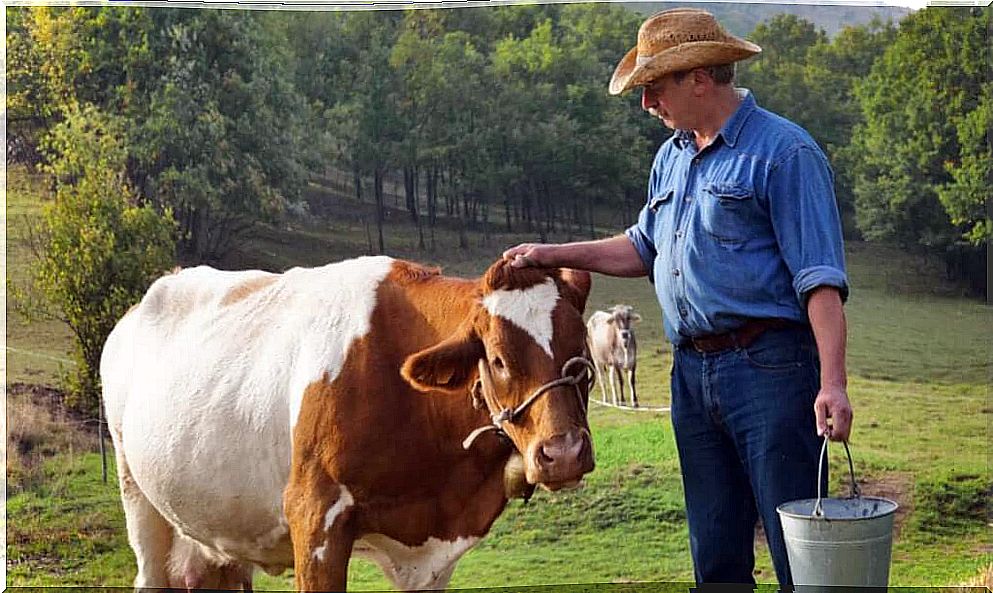
Many fungi have the ability to produce toxic secondary metabolites known as mycotoxins. These substances can grow on food and pose a serious health risk. The most dangerous can also endanger the life of animals and humans.
Let’s talk about mycotoxins and animal production. Do some of them have negative effects on reproduction? Here are some of the most important mycotoxins for public and animal health and their effects on the success of the reproductive process of livestock.
Mycotoxins and mycotoxicosis
First, let’s define the term mycotoxicosis. This term refers to poisoning by inhalation or ingestion of food contaminated with mycotoxins. In the animal kingdom, this poisoning can happen in two ways:
- Directly, in herbivores, by consuming a vegetable contaminated with the fungus.
- Indirectly, in carnivores, by consuming meat from a previously intoxicated animal.
The mycotoxins secreted by fungi colonize all types of foods and forages stored in poor conditions. The three fungal genera most often reported as mycotoxin producers are:
- Aspergillus spp .
- Penicillium spp .
- Fusarium spp .
The ability of a fungus to produce mycotoxins depends on many factors such as humidity, temperature, food substrate or oxygen. Thus, the appearance of a mycotoxicosis can vary depending on the climatic or geographical conditions.
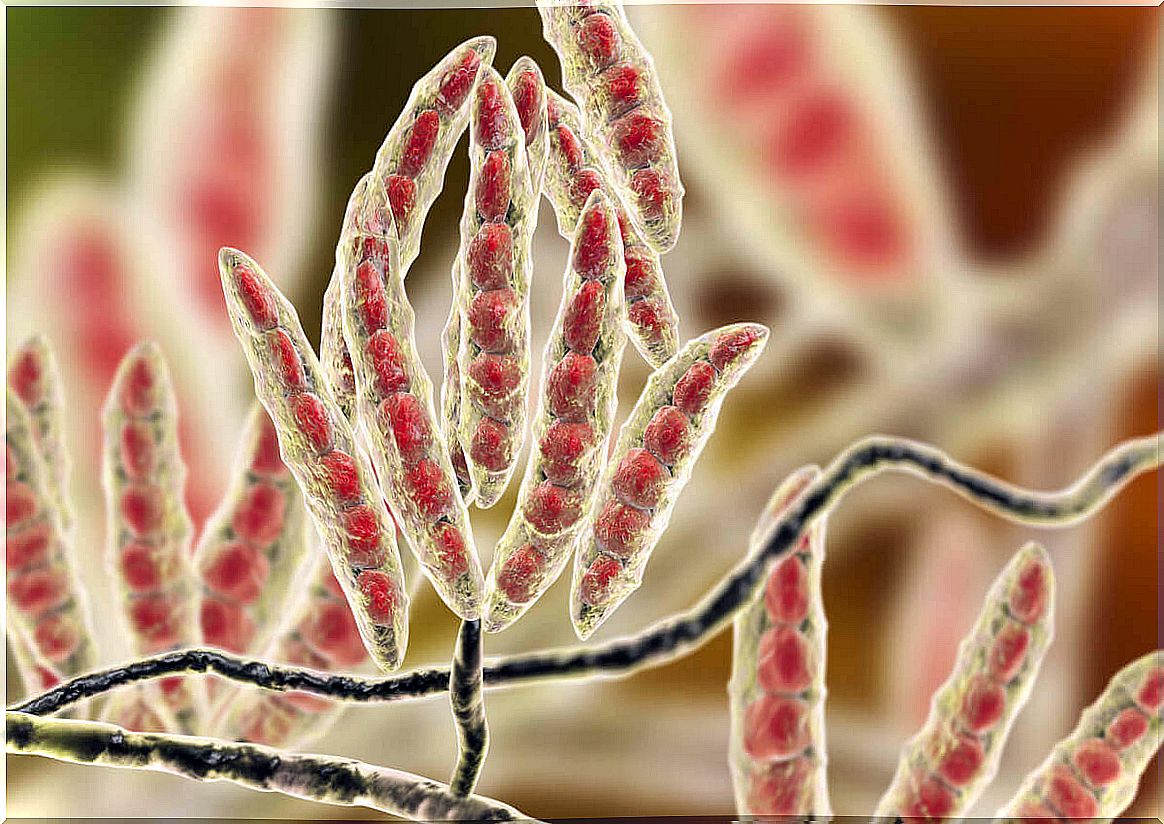
Mycotoxins and animal production
The mycotoxins that cause the most problems in animal production are the following:
- Aflatoxins, produced by various species of Aspergillus flavus and A. parasiticus .
- Ochratoxin A, produced by several species of Aspergillus and Penicillium .
- Trichotenes, zearalenone and fumonisins, produced by fungi of the genus Fusarium .
The toxicity of these metabolites in animals can affect all types of organs, develop carcinogenic, teratogenic or mutagenic effects, cause alterations of the liver, kidneys and digestive system, cause hormonal or immunosuppressive disorders.
Can its effects compromise the reproductive success of an animal farm?
This question can be answered using the example of a breeding sow farm and analyzing the effect of different mycotoxins on them. Below we develop the topic based on the type of mycotoxin studied.
Zearalenona
It is a hyperestrogenic toxin. This means that it activates the metabolism of estrogen causing the alteration of the normal functioning of the female reproductive system.
A constant dietary intake of this compound leads to symptoms such as vulvovaginitis, mastitis, menstrual cycle disorders, false pregnancies, miscarriages and infertility.
In other words, the normal course of reproduction in the farm will be significantly affected by the action of this toxin and this will result in numerous economic losses. However, it is also true that its effects are transient and disappear when you change your diet.
Aflatoxins
These mycotoxins, in pigs, depress the immune system and have carcinogenic and mutagenic effects. They are also hepatotoxic (harmful to the liver), causing anemia, nephrosis, systemic bleeding and death. That is, they are in all likelihood the most problematic and dangerous mycotoxins.
At the reproductive level, they can cause miscarriages and agalactia, i.e. lack of milk during breastfeeding. On the other hand, they can be transferred to piglets, affecting their immune response.
Is there a method to control the appearance of mycotoxicosis in animals?
It is not possible today to completely eliminate food and feed contaminated with mycotoxins. However, there are several ways to reduce the levels and avoid prolonged exposure over time. Indeed, it is these types of chronic consumption that usually aggravate the effects of mycotoxicosis.
One of the most effective ways to reduce mycotoxin levels in feed is the application of what are known as ‘good agricultural practices’. Therefore, during cultivation, harvesting and transport, hygiene levels must be kept to a maximum.
Therefore, when processing raw materials into feed in the animal feed industry, it is important to apply “good hygiene practices”. This will minimize the mycotoxin levels in the final product.
It is at this point that, for example, the danger of cross-contamination increases, making it possible to infect other foods, even those intended for human consumption.
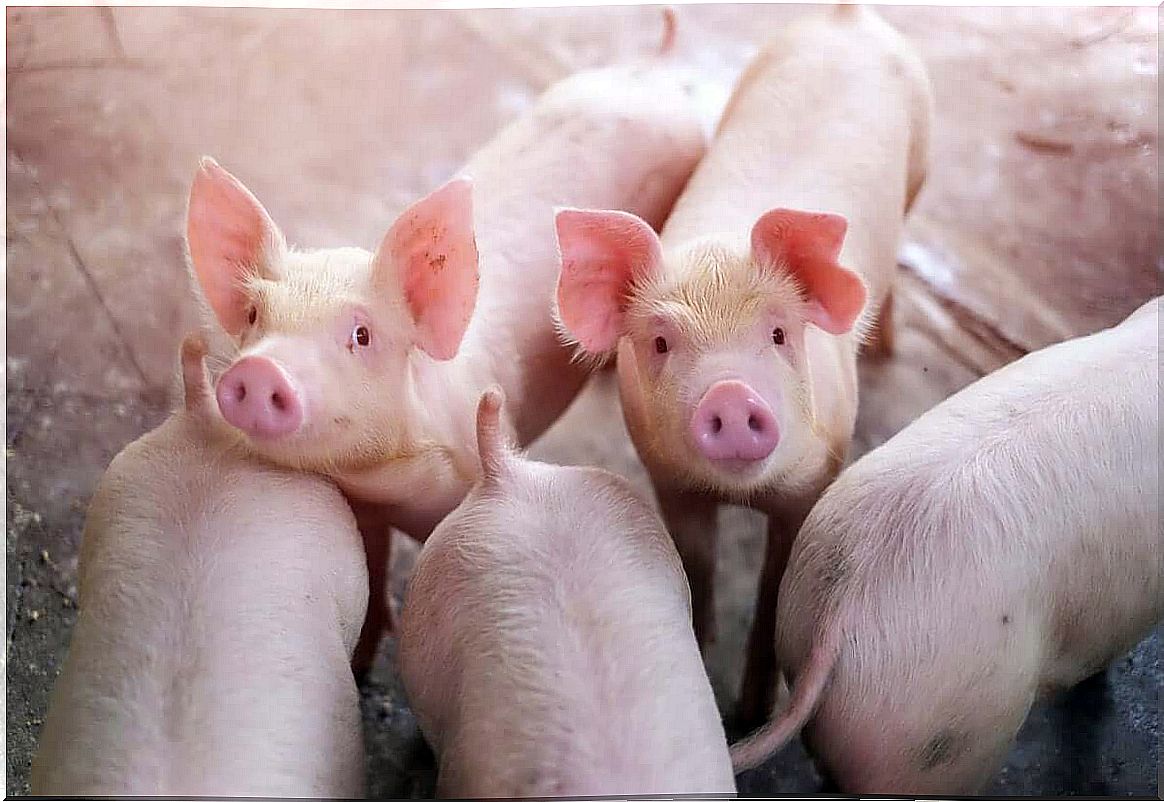
A problem for reproductive success
A moderate reproductive success is necessary in order for an animal exploitation to be maintained over time, without counting those that are dedicated exclusively to obtaining new generations of animals or to exploit the milk of females after childbirth. Therefore, it is essential to achieve an optimal physiological state for successful reproduction.
The fact that food can carry certain substances that are harmful to reproduction is a problem, because normally the quantities are so small that the symptoms are not so evident that they can be treated.

